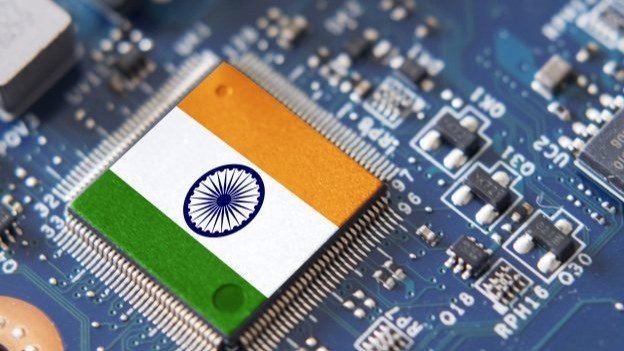New Delhi: India is poised to make a transformative leap in semiconductor technology with its angstrom-scale chip initiative, led by a 30-member team from the Indian Institute of Science (IISc). This project aims to develop chips at the atomic scale—ten times smaller than today’s 3-nanometer (nm) technology—by harnessing the unique properties of 2D materials like graphene and transition metal dichalcogenides (TMDs).
Angstrom-scale chips refer to semiconductor devices with features measured in angstroms (1 angstrom = 0.1 nm), representing the next frontier in electronics miniaturisation. While current state-of-the-art chips operate at the 3nm node, angstrom-scale chips push into the sub-nanometre regime, enabling dramatic increases in transistor density, performance, and energy efficiency.
Traditional silicon-based technology faces fundamental physical and material limitations at these scales. To overcome this, IISc’s proposal focuses on 2D materials, which are only an atom thick but offer exceptional electrical, thermal, and mechanical properties. This shift could enable devices that are faster, cooler, and up to 10x smaller than current silicon-based chips.
The IISc’s angstrom initiative has followed a structured timeline. This initiative is part of a broader government push for self-reliance in critical technologies and aligns with India’s ambitions to become a global player in the post-silicon era, joining the US, South Korea, and Taiwan at the forefront of semiconductor innovation.




